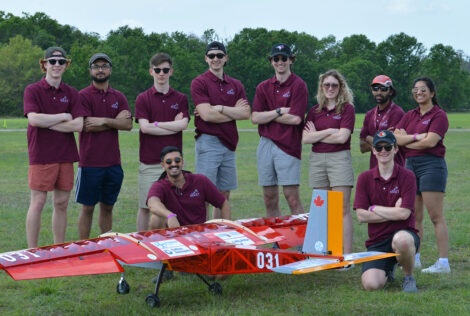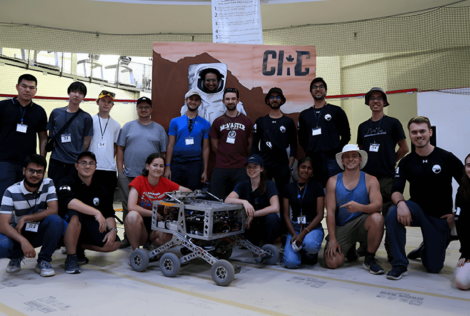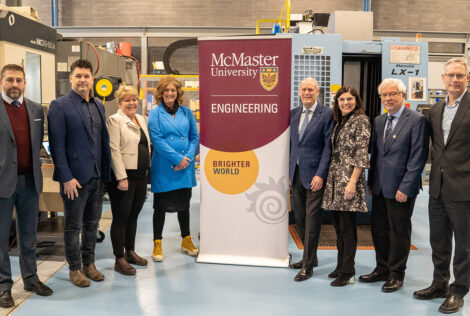
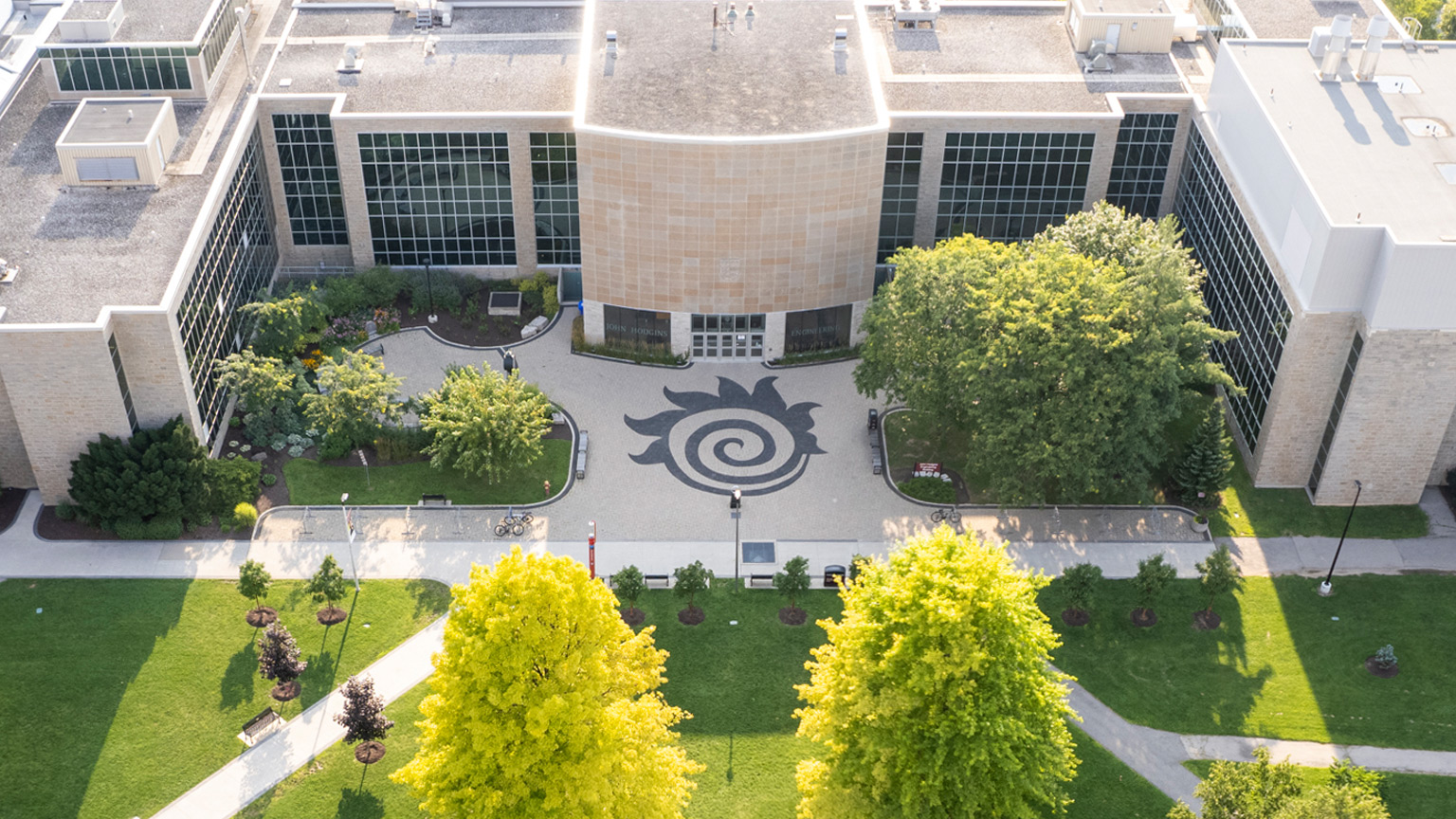
On February 17, the McMaster Experimental Reduced Gravity Team (MERGE) boarded a Falcon 20 parabolic flight that simulated a reduced gravity atmosphere to continue their study of the sloshing effects of fuelling satellites in space.
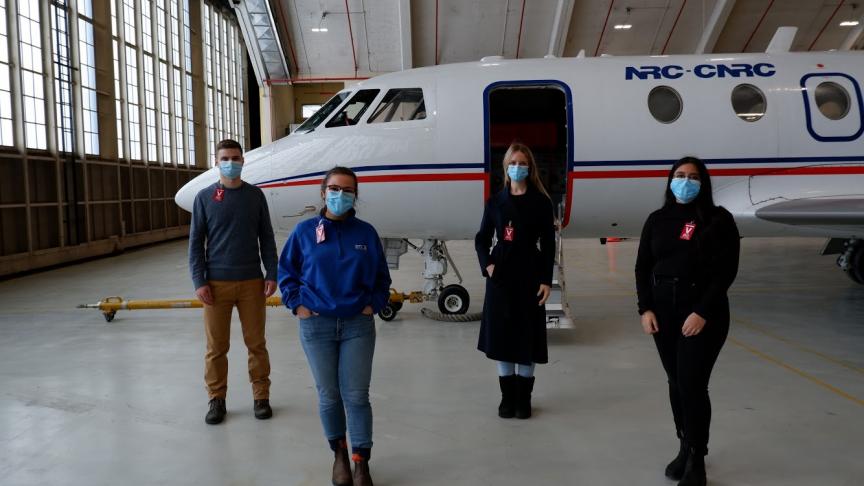
Their flight was sponsored by the Canadian Space Agency (CSA) and the National Research Council (NRA).
The mission was a continuation of a previous experiment done in July 2019 when they participated and won first place at the CAN-RGX competition, hosted by the Students for the Exploration and Development of Space (SEDS-Canada).
They were one of four teams selected to fully design, build and fly their experiments. Other teams included Queen’s University, University of Victoria, and University of Waterloo. MERGE is the first team to advance the experiment.
“We’re trying to understand how fluid behaves when it’s being transferred from one satellite to another while in orbit to try and determine ways to control the flow of the fluid,” said Sobia Nadeem, engineering physics student and MERGE team member.
Currently, when satellites run out of fuel they are decommissioned, causing space debris. One of the ways to solve this issue is by refuelling satellites but it still hasn’t been done. That’s where MERGE comes in.
During their first mission, MERGE observed a slatscreen system designed to dampen and evenly disperse incoming fluid to minimize dynamic forces that could create instabilities in the satellite.
This time around they wanted better scientific data with a different type of fluid.
“Last time we flew water which is kind of goopy in zero gravity,” explained Michael Stramenga, a recent mechanical engineering graduate who is pursuing his Masters at Caltech.
“This time we flew a fluid that is a lot thinner, kind of like a paint thinner viscosity. The low viscosity and low surface tension replicates another commonly used fuel. We looked at how this fluid behaved compared to the fluid we flew last year.”
The team was able to run one experiment but will be returning to Ottawa at a later date to complete the project.
Due to COVID-19 safety protocols, it was only Nadeem and Stramenga who experienced the zero-gravity flight. But Nadeem says some of their team members were there to support at the Ottawa base, socially distanced and wearing masks of course.
“Members are very passionate about this project,” added Nadeem. “There’s still a sense of being together even though we’re apart.”
MERGE team members who joined Nadeem and Stramenga on Ottawa were Paula Bosca, integrated science student and Sky Bjel, electrical engineering student. Jonathan Casella, mechatronics student, who could not attend, played a major part in the software development for the experiment. Jonathan Spence, integrated science student and Taylor Goostrey, chemical engineering Masters student are also valued members of the team.
The MERGE team will share a recap of their experience on @mcmastereng’s Instagram stories today (Feb. 19). Make sure to tune in!

